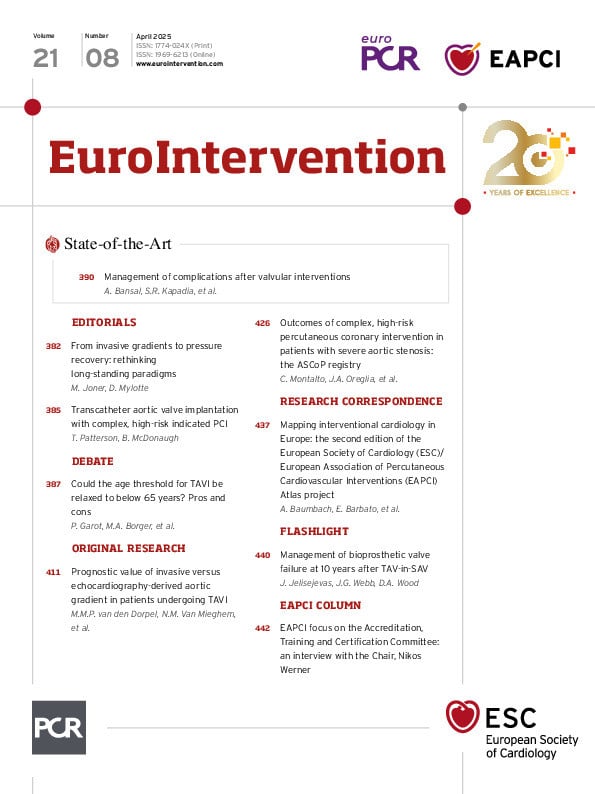Transcatheter aortic valve implantation (TAVI) has emerged as the treatment of choice for symptomatic severe aortic stenosis (AS) across the whole surgical risk spectrum. Current European guidelines recommend surgical aortic valve replacement (SAVR) for patients under 75 years at low surgical risk, whereas American guidelines advocate for shared decision-making between SAVR and TAVI in patients aged 65 to 80 years, taking into account life expectancy and valve durability. Although SAVR with mechanical valves offers excellent durability, it is partially offset by significant challenges, including a higher thrombotic risk and the lifelong need for anticoagulation. In addition, recent TAVI trials have shown potential benefits for younger, lower-risk populations, generating a growing interest in expanding its indications. Based on all these considerations, whether the age threshold for TAVI should be lowered below 65 years remains a topic of debate.
Pros
Philippe Garot, MD; Mariama Akodad, MD, PhD
Over the past two decades, TAVI has become the standard treatment for symptomatic AS in high-, intermediate-, and low-risk patients. With proven efficacy and increasing safety, TAVI’s applications are expanding. The recent EARLY TAVR...
Sign up for free!
Join us for free and access thousands of articles from EuroIntervention, as well as presentations, videos, cases from PCRonline.com

